
Ribs low and slow, brisket rub – American smokehouse lexicon is on the lips and menus of chefs everywhere, Hong Kong included
- Their smokers can be electric or fired by wood – hickory and mesquite for tradition, lychee for local flavour – but ribs, brisket and pork are all on the menu
- Chefs Asher Goldstein, Nathan Green, and Miguel Gallo, who’ve never been to America, and Southerner Chris Tuthill tell us what inspires them and their cooking
If there’s one culinary trend that’s indisputably on the rise, it’s barbecue. Fire and smoke are celebrated as the new alchemy. Netflix has two shows on the subject – Chef’s Table: BBQ and The American Barbecue Showdown.
Of course, cooking over charcoal and fire is done the world over. Yakitori is barbecue. So are kebabs and any suckling pig. But the American South has cultivated the most convivial of grill cultures, distilled from the comfort foods of black slaves and Caribbean cooking.
Among the tenets of this culture is that “low and slow” is the key to tenderising meat. The other flavour feature is smoke, which adds sublime dimensions to Louisiana sausage, Memphis ribs, Texas brisket and Carolina pulled pork.
Hong Kong chefs have started to embrace the holy smoke. However, the down-home barbecue they’re preparing for city slickers doesn’t adhere to Bible belt orthodoxy. They’re evoking the spirit of Southern pit masters rather than following any regional doctrine.

Chef Asher Goldstein is among Hong Kong’s leading grill apostles. After opening Middle Eastern restaurant Francis in Wan Chai, his group launched Mr. Brown in 2019 – the name refers to the dark exterior of barbecued pork – as a self-styled neighbourhood smoke and grill house.
“I always loved smoked food,” says the Israel native. “I wanted a place where all the food revolved around smoking, grilling, roasting. I really wanted to extend the barbecue range with vegetables, chicken, and the way we smoked. I wanted to do something more personal, not just traditional.
How to cook Korean barbecue at home – and some side dishes to serve with it
“I think barbecue is big in the US because it’s a huge culture there. From being considered an unhealthy, lower-class food, now barbecue is booming as a trend. All over Europe they’re doing American-style barbecue.”
Goldstein confesses he’s never been to the US. However, he has worked in Australia, so he’s familiar with throwing things on the barbie. Mr. Brown’s unconventional pit hits include English muffin with grilled pork neck and a Brazilian cut of steak called picanha.
“I think people were surprised when they came. I mean, we put grilled vegetables on the menu. It’s quite creative, not something you would expect. Smoking has a flavour you don’t get in any normal restaurant’s food. It’s almost like a spice but it’s familiar. Once you taste it you know the smoke, not like something you can’t recognise.”
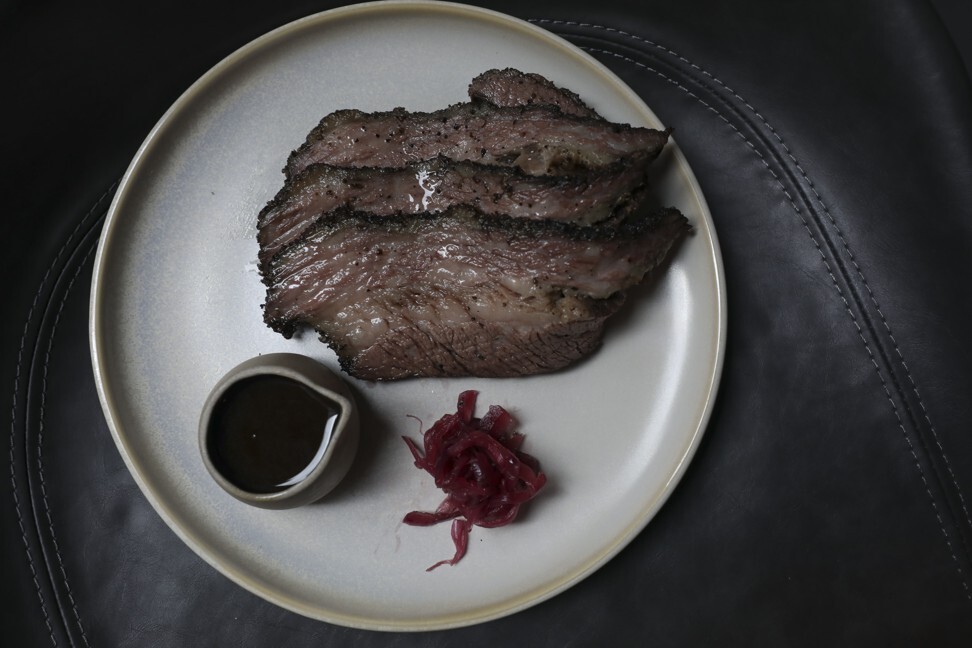
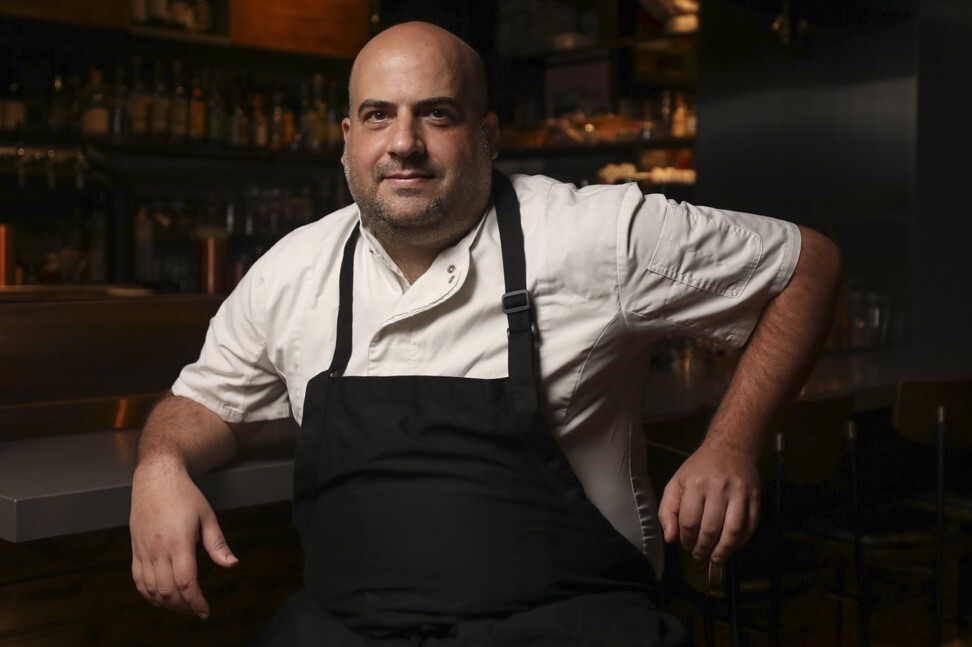
But certain classics are a must for the menu. “I felt if we open this place we definitely should do brisket,” Goldstein says. “This is the only dish on the menu that is traditional as is. It’s a salt and pepper rub, Texas-style, smoked for 18 to 20 hours with hickory wood. Brisket is the hardest meat to master in a smoker.”
“I have fallen in love with Southern cuisine, not just barbecue,” Green admits. “The history is very interesting. The food comes from slavery and poverty, and it’s impacted how people cook and eat. It’s very communal and very laborious.
“The reason why I love fire cooking so much is you’ve got to be engaged with what you’re doing. If you’re not and the fire is too low or too high, the meat is screwed. That’s a real skill.”
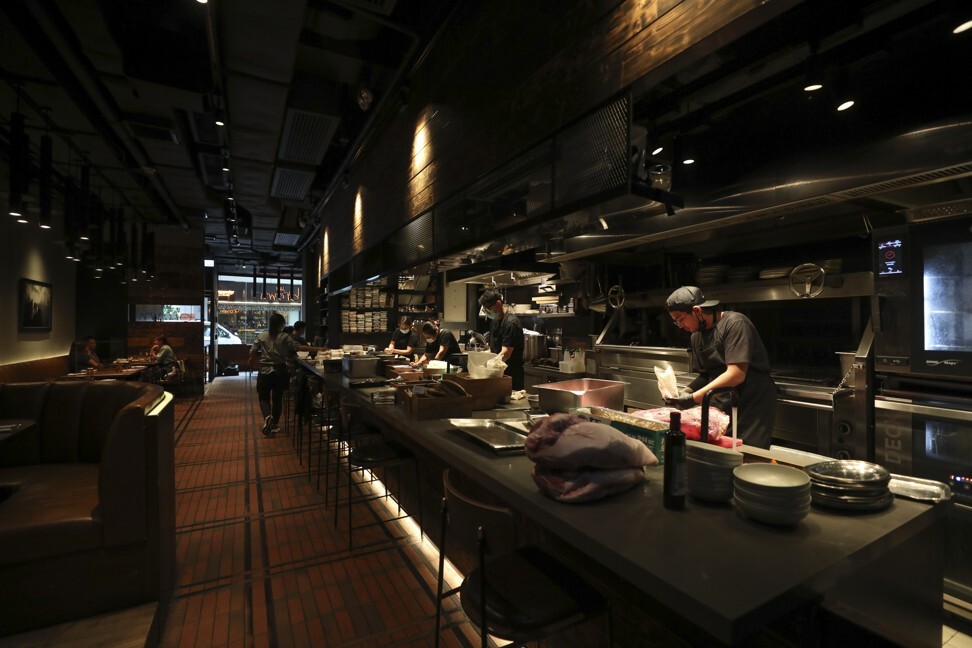
To fill Henry’s many barbecue platter orders, Green loads his electric smoker with brisket, pork belly, bacon and house-made Andouille sausage.
Green wants to make one thing clear. “I’m not a pit master. I’ve never even been to America. But I know how to control fire and temperature,” he declares. “I would never say what we do is authentic American Texas barbecue. But pound for pound, our food is as delicious as any restaurant’s.”
And they’ve been pounding it. Green reckons Henry goes through 600kg (1,300lbs) to 800kg of brisket every month. He smokes the meat with apple wood and almond wood for six to eight hours, and finishes it in a sous vide bath for maximum tenderness. As he moves an entire brisket to a cutting board, the slab jiggles like encased jelly.
The hardest part was shipping it here. It took a month by boat, then when it got here we needed a cherry picker device to lift it. We did it at 1am but then it didn’t fit in the door
“The biggest thing I realised is we have to get the wood to combustion. It has to be on fire. You can’t leave it smouldering because then you have a horrible, acrid, tar-like flavour.”
As much as he admires American barbecue, Green’s inspirations are global. “Fire is used everywhere. In Thailand, in Japan, in South America, in Africa. Even at 22 Ships, I learned about Filipino barbecuing from my staff and how they glazed pork with coconut water. That changed my approach.”
The city’s two newest smokehouses have more than brisket in common – bizarrely, their names are almost identical.

Gallo says: “We started this project because at Double Shot, I was smoking the salmon and realised we can do this for other products. We were opening a central kitchen for smoked goods and thought, why not do also a restaurant and sell the products for takeaway?”
As well as mesquite-smoked Southern brisket and ribs (pork and beef), Gallo is also smoking chicken and turkey breast, and making pastrami and Italian-style sausage. “We use inspiration from American barbecue, but we’re also making some products with Asian twists.
“I grew up in South America, Venezuela, and have some Mexican influences too. I think the South American style is a little different. Also I cooked in Spain and we have there asado (a South American-style open-fire parrilla pit).”
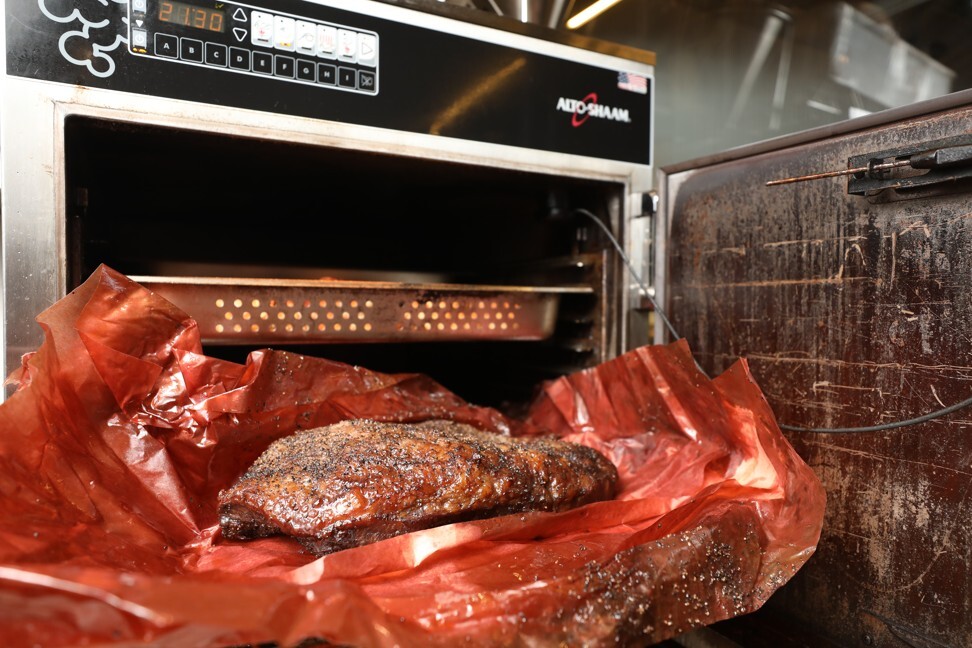
Of all the new smokehouses, Smoke & Barrel is probably the most true blue American. It has an actual Southerner, Chris Tuthill, a native of Albuquerque, New Mexico, as head chef, and it has imported a traditional wood smoker from the state of Missouri, known as “The Beast”.
“The hardest part was shipping it here,” Tuthill says. “It took a month by boat, then when it got here we needed a cherry picker device to lift it. We did it at 1am but then it didn’t fit in the door.”
Co-owner Grare says: “I was upset. I wanted to cry. From finding the right smoker to getting it here from Missouri took three months. Now, we had to take the doors off the next day, knock down a wall, put it in the kitchen and then rebuild the wall.”
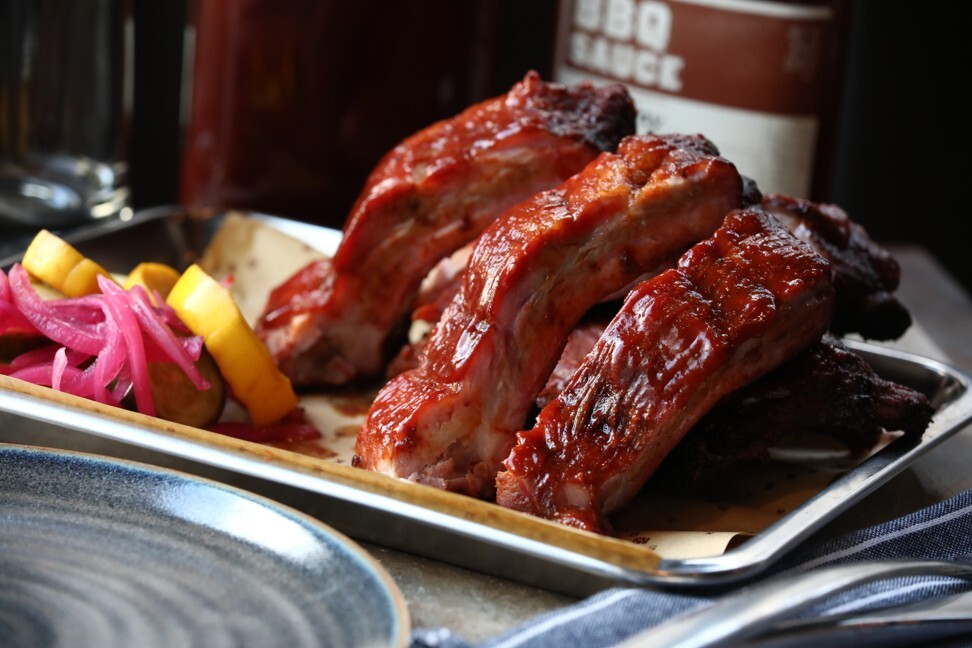
Unlike electric smokers, “The Beast” at Smoke & Barrel runs on wood heat and smoke. What’s new and different is the lychee wood Grare and Tuthill do their smoking with. They say it creates a flavour as pleasant as hickory, mesquite or apple wood. “And there’s an abundance of it in China,” Grare notes.
For his menu, Tuthill is bringing the whole South to Smoke & Barrel. “We’re trying to target all the regions,” he explains. “We do ribs, pulled pork. I grew up in the Southwest so I love brisket. We smoke chickens as well. We try to hit all areas. We didn’t want to focus on one style. I want to try it all.”
Lock, stock and two Smoke & Barrels
How do two restaurants, both in Central and both offering similar barbecue fare, open around the same time with almost the exact same names?
Pure coincidence, say the teams behind Smoke & Barrel and Smoke & Barrels. The two groups say they have been aware of each other’s existence and even met to discuss the name situation. And what did they decide?
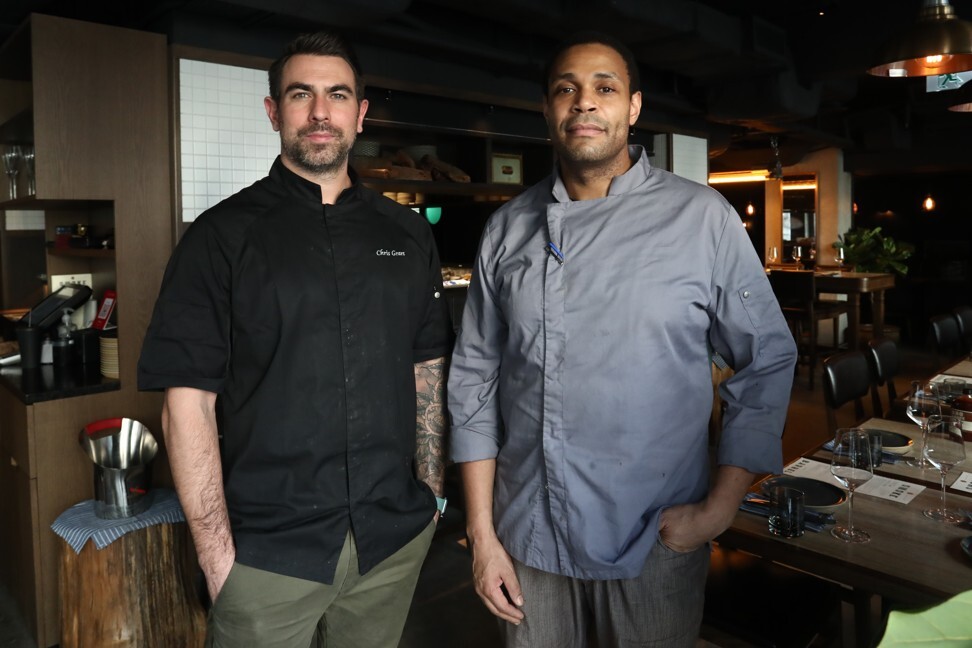
Chris Grare, co-owner Smoke & Barrel: “There’s no bad blood at all. It’s two different places. We’re a 110-seat restaurant and we had already created a limited company with the name and had a neon sign on the wall.
“It’s just an unfortunate thing. Maybe it could be a friendly competition. It’s funny. There are articles in pre-opening write-ups about their restaurant but they were writing about us.”
Teddy Pun, director, Smoke & Barrels: “One of our beverage consultants knows those guys pretty well. The funny thing was they saw us slowly building up this space. Then one day, they saw our signs and we had a quick chat about it.
“It is what it is. I think if we were trying to do a proper barbecue place, then maybe we would have more of an issue, but ultimately they are doing their thing their way and we have our own vision.”

